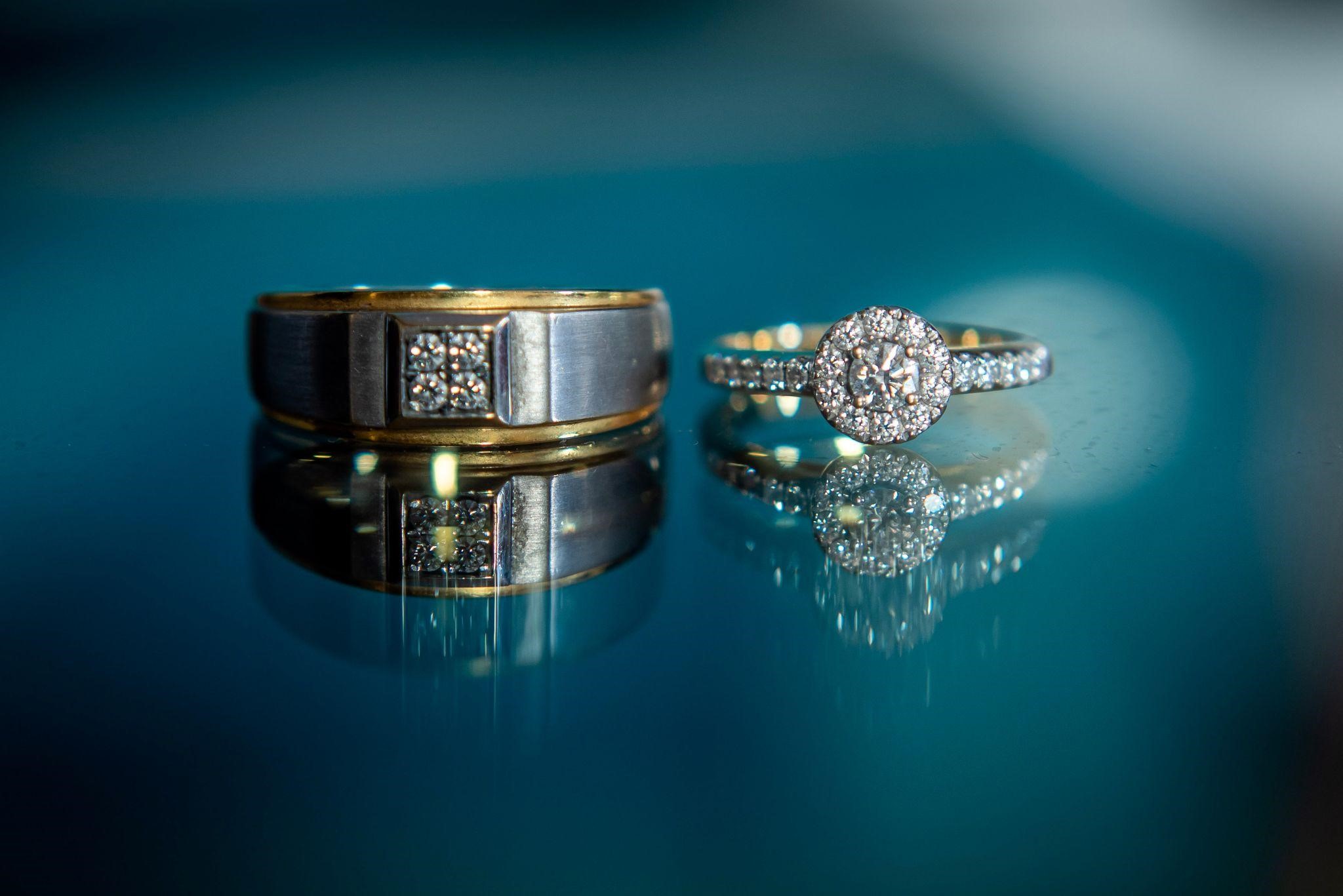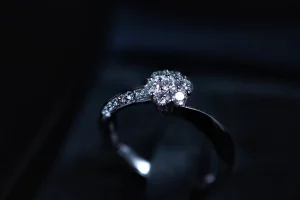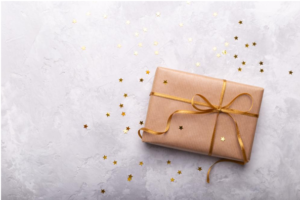
How to Spot Antique and Vintage Jewellery
Adding history and authenticity to your jewellery collection requires knowing a bit about antique and vintage pieces. Brush up on some basics about antique and vintage jewellery so that you can identify authentic and well-made pieces more easily.
Antique jewellery is typically defined by experts, appraisers, and dealers as anything created at least 100 years ago.
Gemstones

Gemstones are popular pieces of antique jewellery for numerous reasons. Not only can they offer a range of colors and styles to complement any wardrobe, they are often believed to possess healing powers which help balance energy levels for those wearing them.
Some of the most sought-after gemstones for antique jewellery include amethyst, citrine and rose quartz; these stones often come with various cuts to enhance their brilliance and color. Other popular options are opals, carnelians and pearls set into elaborate floral designs for a romantic and feminine aesthetic. You can click the link: https://www.gemsociety.org/gemstone-encyclopedia/ to learn more about gemstones.
Glass and enamel are among the most commonly found antique jewellery materials. They can be combined with metal to form more durable pieces of jewellery that last, such as tortoise shell and wood inlays. Other popular antique glass varieties found in jewellery include tesserae and millegrain.
A tesserae is a mosaic composed of multiple pieces of colored glass that come together in an artistic arrangement. Tesserea were popular during the 17th and 18th centuries as keepsakes to remember friends or family members.
Metals
Metals used to craft jewellery have an enormous effect on its style and value, with precious metals like gold, silver and platinum often considered the most valuable choices for crafting stunning pieces that show their stones off at their best. Gemstones often combine beautifully with these precious metals.
Base metals such as copper and brass were popular choices for antique jewellery, both made up of low-cost alloys that will tarnish over time; to prevent this happening they were usually coated in other metals.
Stainless steel jewellery is another durable metal that is commonly used. Resembling sterling silver but much cheaper, its main drawback may be its presence of nickel, an allergen to some people. You can visit this site to learn more about this allergy.
Pewter is an alloy composed of tin and antimony that was popular in antique jewellery due to its similarity to sterling silver in color and appearance. Since then, however, other metals such as rolled gold or nickel-free pewter have come into use instead.
Pinchbeck is an alloy of copper and zinc (roughly 17% zinc to 83% copper). First created around 1720, this metal quickly became popular for buckles, snuff boxes, watch cases and chatelaines until later being outshone by 9K and rolled gold products.
Design
Antique jewellery design can provide clues as to its age. Hand engraving, filigree or other intricate patterns on metalwork are all essential elements. For instance, an all-gold locket usually dates back further than one with only its frame and locket hinge made out of solid gold.
Victorian jewellery designs were often more feminine during the period from 1837-1901, featuring floral motifs and serpents with exotic materials like jet and sapphires being widely used. Black onyx was often chosen after Queen Victoria’s passing as mourning jewellery.
Edwardian fashion was lighter and simpler, continuing the feminine aesthetic established during the Victorian era while adding modern touches such as white gold or platinum garland designs featuring leaves or bows. Meanwhile, Art Nouveau featured more nature-inspired motifs.
By looking at a piece’s clasp, an appraiser can find valuable clues as to its age. Lobster claw clasps didn’t become widely popular until the 1970s; similarly, brooches with simple C clasps may date from the early twentieth century or have antique diamond cuts like Old European cut that indicate Edwardian or Art Nouveau period pieces.
Authenticity
Authenticity in antique jewellery can be tricky. Since antique pieces were traditionally handmade and not mass produced like pieces are nowadays, knowing how to spot fake or faux jewellery is essential.
One way is by looking at its date of creation; for example if it says ‘Victorian style’ then that indicates it was probably designed during the Victorian era. Also take note of when and who designed or created it (e.g. if marked Edwardian it would likely have been created between 1902 and 1914.
Also keep an eye out for signatures; all jewelers leave behind distinct marks which help identify authentic pieces versus those which may be fake or faux.
Another excellent way to determine authenticity is to inspect it for signs of damage and wear. Antique jewellery often shows some wear commensurate with age; excessive damage could indicate counterfeit jewellery or repairs done after manufacture – often the back and sides will reveal conversions or repairs and could indicate that it’s not as old as you first believed it to be.
Avoid purchasing from sellers known for dishonest practices as this could be a red flag and it would be wise not to shop with them again.
How to Style Antique Jewellery
Though contemporary copies of throwback jewellery abound on the market, genuine vintage pieces offer more sustainable and cost-effective solutions to try these trends. A good place to begin exploring antique jewellery is with genuine vintage pieces. Working with reputable companies will help to ensure the jewellery you purchase is as-advertised.
If you’re new to antique gold jewellery, don’t be intimidated by its variety and textures – don’t be shy about trying different combinations! Mixing metals was once frowned upon, but today fashion allows for greater creativity when creating unique combinations that reflect your individuality and highlight your individual style.
Pair your antique gold jewellery with casual clothing for maximum impact, whether that means coffee and lunch dates, shopping trips or casual gatherings. Simply pair jeans with either a plain or patterned blouse to complete this look and show off its details!
Be sure to properly store and care for your antique jewellery just like any fine piece. Use a gentle cleaner and soft toothbrush regularly, and store in an airtight box when not wearing. Storing in such conditions will prevent your antique pieces from getting damaged and also help safeguard their precious stones within.





